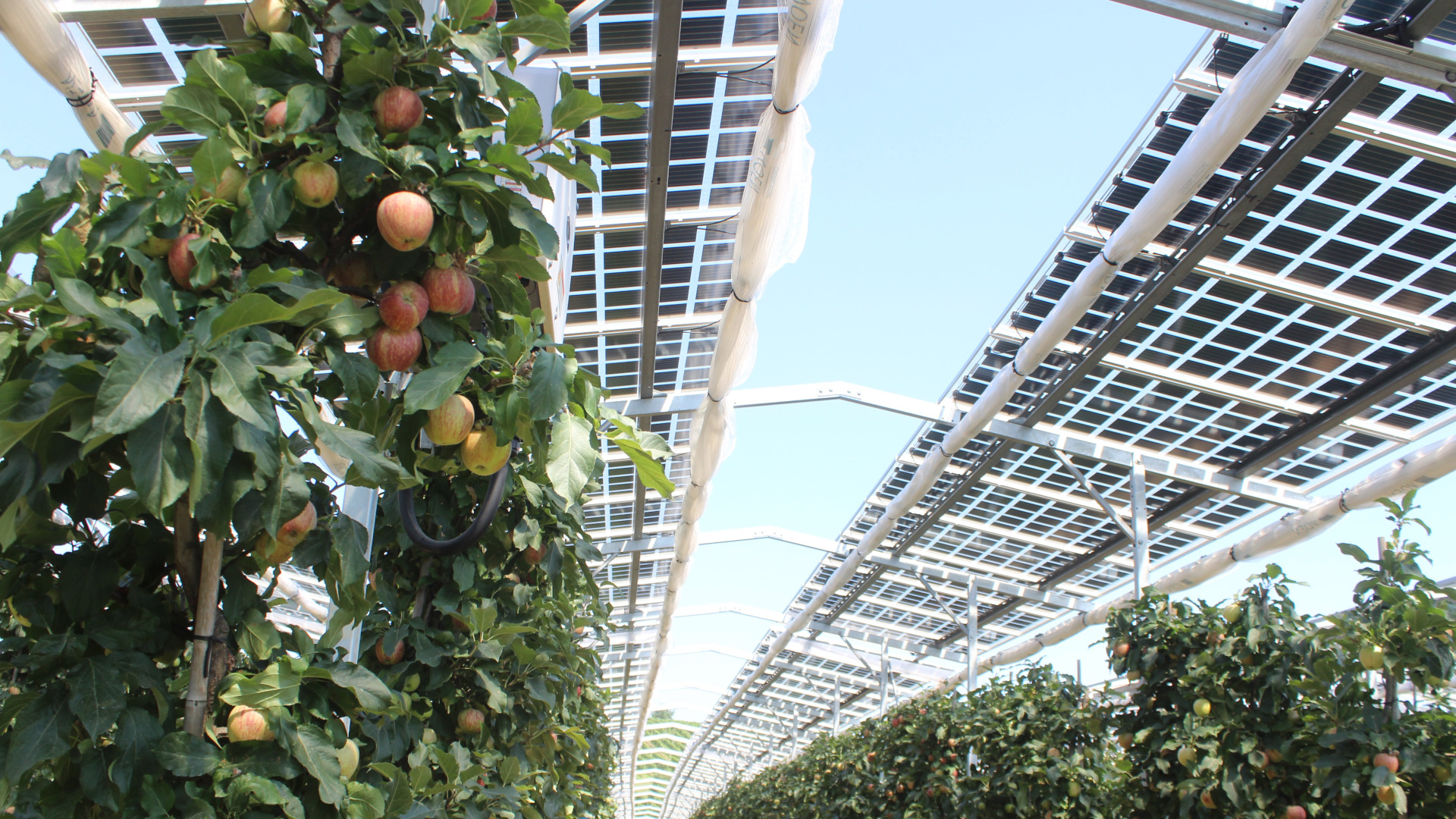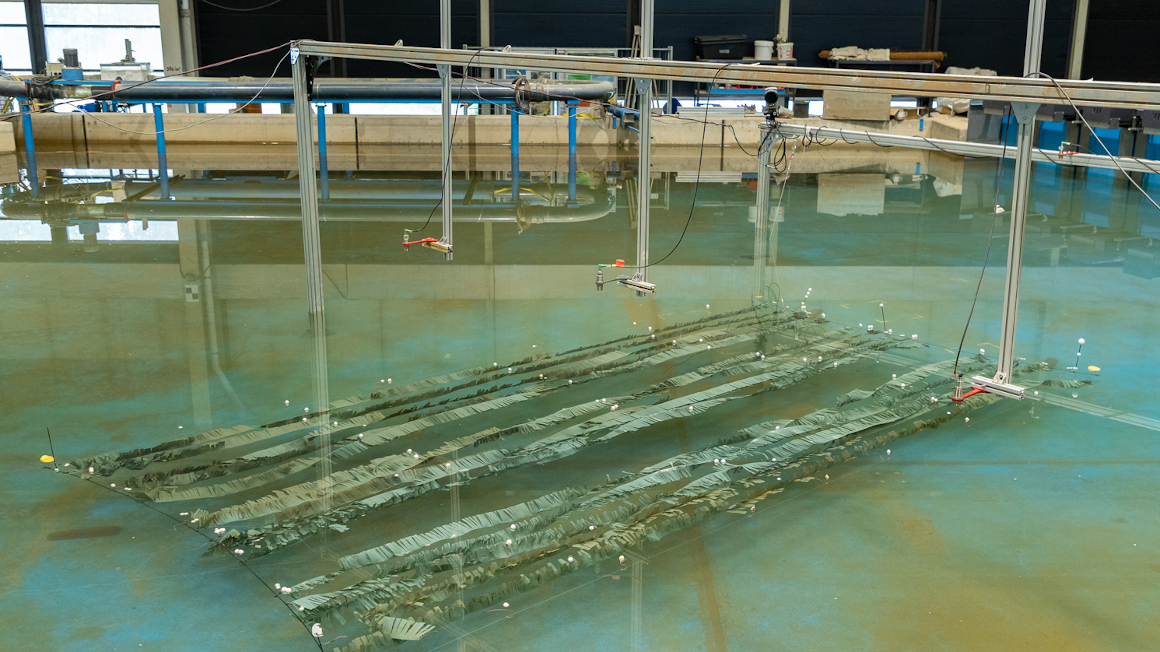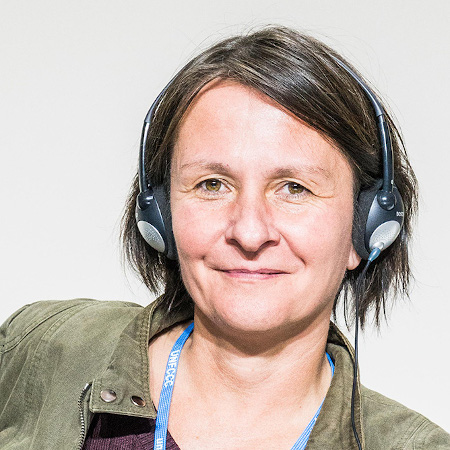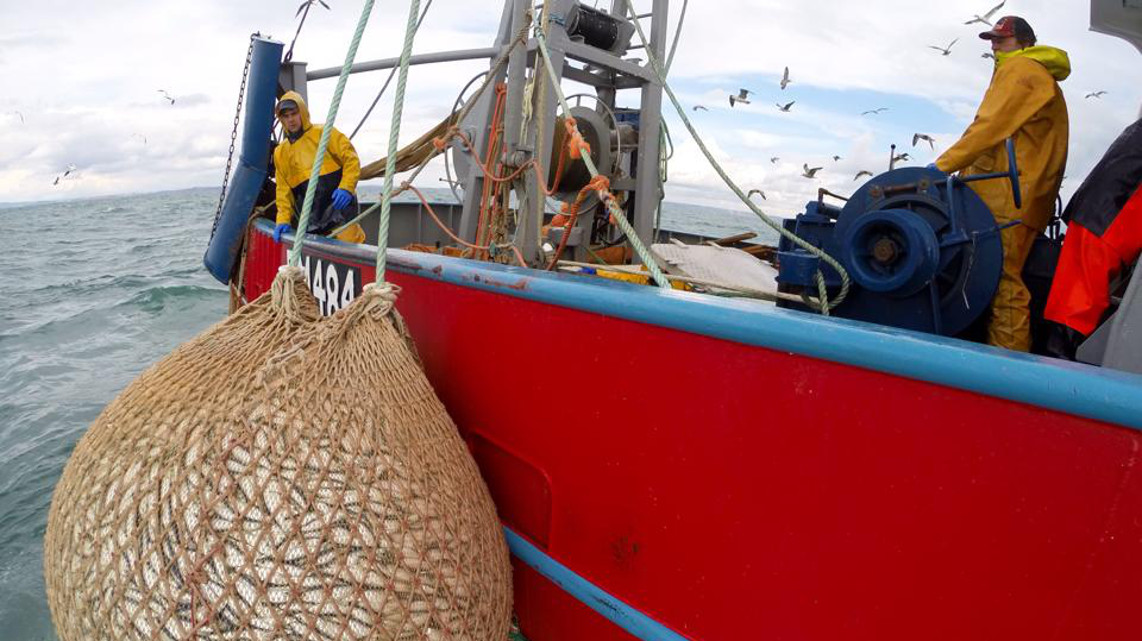
Herring, pike-perch or salmon: fish is among the top healthy foods. The demand has been high for years. According to the Federal Statistical Office, in 2018 each person in Germany consumed about 13.7 kilograms. But Myron Peck knows that climate change will dictate which fish ends up on the plate in the future. He is researching at the University of Hamburg at the Institute for Marine Ecosystem and Fisheries Sciences and has been coordinating the EU project Climate change and European aquatic RESources (CERES) since 2016. This project is investigating the effects of climate change on fisheries and aquaculture in Europe. The CERES project is funded with 5.6 million euros within the European research program Horizon 2020. In addition to research institutions and universities, associations and industrial partners are also involved.
Alert systems for fisheries and aquaculture
The project team of 26 partners from 15 countries aims to develop warning systems that can predict changes in the main fish populations, such as cod, herring and sprat in the North and Baltic Seas or anchovies, sardines and tuna in the Mediterranean and the Atlantic. For this purpose, classical climate data such as temperature and salinity are combined with ecological, economic and political parameters such as catch quota and price using biological models of growth and fish migration.
Various scenarios for Europe's seas, so-called Regional Concentration Pathways (RCP), have been developed. One result: "Sea surface temperatures will increase between 3 and 4° C by the end of this century," explains Peck. Another scenario shows: If carbon emissions were to become neutral by 2060, the oceans and inland waters of Europe would only heat up by 1.5 to 2.0° C. Projections from biological models suggest that some fish species would suffer from these changes, while others would benefit. "This is particularly the case in the North Sea that contains a mixture of 'warm' and 'cold' water fish," adds the project coordinator. There are a total of 24 case studies that provide region-specific results on the projected impacts of climate change on the ocean.
Change in sea temperature according to RCP Scenario 8.5 until 2100 (left) and change in phytoplankton productivity (right)
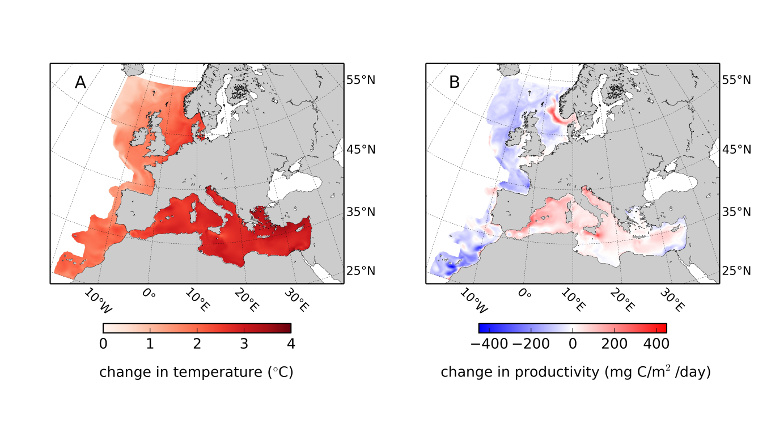
But what happens if the oceans heat up as predicted? Which fish species will benefit and which will not? And what does that mean for individual fishermen and the industry as a whole? It is difficult to answer these and similar questions at this stage. With the prediction models, the CERES researchers want to provide fishermen and aquaculture operators, but also politicians, with meaningful tools to make decisions at an early stage and thus be able to react more quickly to changes.
Identifying winners and losers of climate change
"Projections from biological models suggest that there will be winners and losers. These projections depend heavily on the future spatial allocation of catches among EU and other countries, and the future prices of fish and fuel," explains Peck. Online tools currently being developed by the CERES team will be used to make such changes visible. "This includes projections from species distribution models displaying the extent of poleward shifts in distribution by mid- and late-century and tools to help farmers select appropriate species to grow in a future, warmer climate," explains the project coordinator.
Physiological data from laboratory studies on the most important fish populations as well as information from European data collections were used to create the climate projection models. Among other things, the data provide information on how individual fish species react to changes in water temperature, salt or oxygen content.
Models provide planning security
In addition to the single-species habitat suitability models, more complex models have been developed that simulate both the direct impacts on habitat and the indirect consequences of climate change, such as species interactions or fishery productivity. "For fishermen, the mid- to late-century projections from both types of models allow businesses to better plan large, long-term investments such as the types and capacities of vessels to be built and gear to be purchased. Projecting the spatial shifts in fish stocks will also be important to planning the infrastructure needed at harbors and ports. Finally, the projections also provide fishermen with important information for discussions with policymakers," says Peck.
The models can also be used to develop new measures for fish management - for example, to set operational limits on fishing or to determine the migration of populations in the waters. "Such forecasts can help policymakers to better react to new species entering regions," emphasizes Peck.
Forecasting models for aquaculture also incorporate local environmental data and can influence the profitability of fish farming. Forecasts can be made that provide up-to-date information on harmful algal blooms, for example. "CERES has produced online tools that allow the aquaculture sector to identify risks and opportunities of farming specific species in specific areas," says Peck. "This provides advice on how culture practices may need to shift at existing farm locations."
Projection tools available from February 2020
The CERES project will run until February 2020 and by March the projection tools will be ready and freely available online for fishery and aquaculture operators.
Author: Beatrix Boldt
